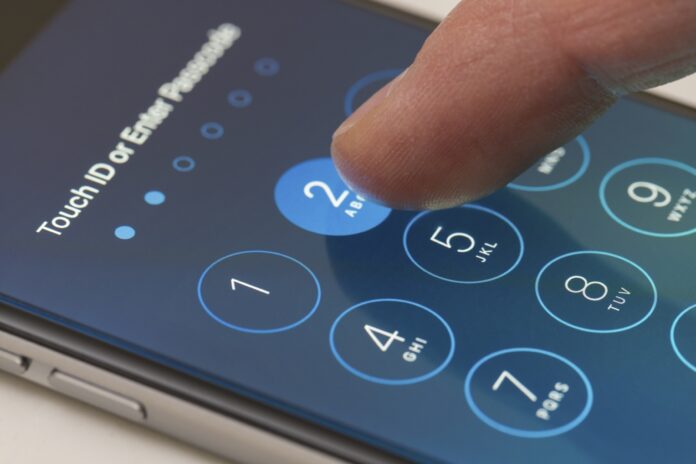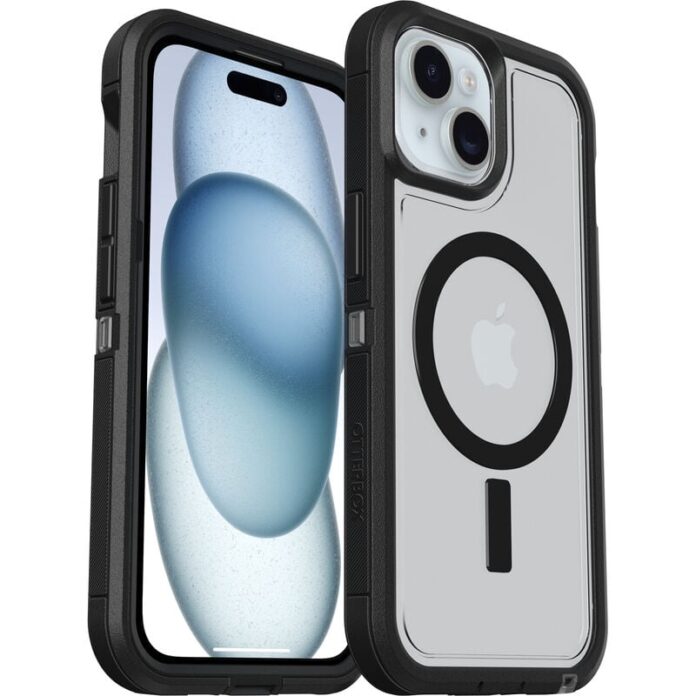In today’s digital age, our smartphones have become indispensable tools, containing a wealth of personal information and serving as gateways to our online lives. With this increased reliance on mobile devices comes the need for heightened security measures to protect our sensitive data from various threats.
Whether you’re traveling, socializing, or simply going about your daily routine, it’s essential to implement best practices for keeping your phone safe in any situation.
By following these guidelines, you can minimize the risk of theft, hacking, or accidental damage, ensuring that your device remains secure and your personal information stays private.
Physical Security Measures

The first line of defense against unauthorized access to your phone is a robust authentication method. While a simple four-digit PIN may offer basic protection, opting for a longer passcode or biometric authentication, such as fingerprint or facial recognition, significantly enhances security.
These methods are more difficult for potential intruders to bypass and provide an added layer of defense against unauthorized access.
In the unfortunate event that your phone is lost or stolen, having remote tracking and wiping capabilities can be a lifesaver.
Most smartphones come equipped with features like “Find My iPhone” or “Find My Device” for Android devices, allowing you to locate your phone’s whereabouts and remotely erase its data if necessary.
Make sure to enable these features and familiarize yourself with how to use them to protect your information in case of theft or loss.
Digital Security Practices

One of the most effective ways to safeguard your phone against security vulnerabilities is by keeping its operating system and applications up to date.
Developers frequently release updates to patch security flaws and improve overall performance, so regularly check for available updates and install them promptly.
Just like how a screen protector shields your phone’s display from scratches and cracks, staying on top of software updates acts as a protective barrier against cyber threats. Ignoring updates leaves your device susceptible to exploitation by cybercriminals seeking to exploit known weaknesses.
While public Wi-Fi networks offer convenience, they also pose significant security risks. Hackers can intercept data transmitted over these networks, potentially compromising your sensitive information.
Whenever possible, avoid connecting to unsecured Wi-Fi networks, especially when conducting tasks that involve sensitive data, such as online banking or shopping. If you must use public Wi-Fi, consider using a virtual private network (VPN) to encrypt your internet traffic and enhance your privacy.
Preventing Physical Damage

Accidental drops and bumps are common causes of smartphone damage, but you can mitigate the risk by investing in a durable phone case and screen protector like AndyQ Screensaver Ultimate.
These accessories provide an extra layer of protection against scratches, cracks, and other forms of physical damage, helping to preserve the integrity of your device’s hardware.
Choose a case that offers shock absorption and a raised lip to safeguard your phone’s screen and edges from impact.
Conclusion
By implementing these best practices for keeping your phone safe, you can protect your device and your personal information from various threats.
Remember to stay vigilant and proactive in maintaining the security of your smartphone, as prevention is often the best defense against potential risks.
With the right precautions in place, you can enjoy the convenience and connectivity of your mobile device without compromising your privacy or security.







